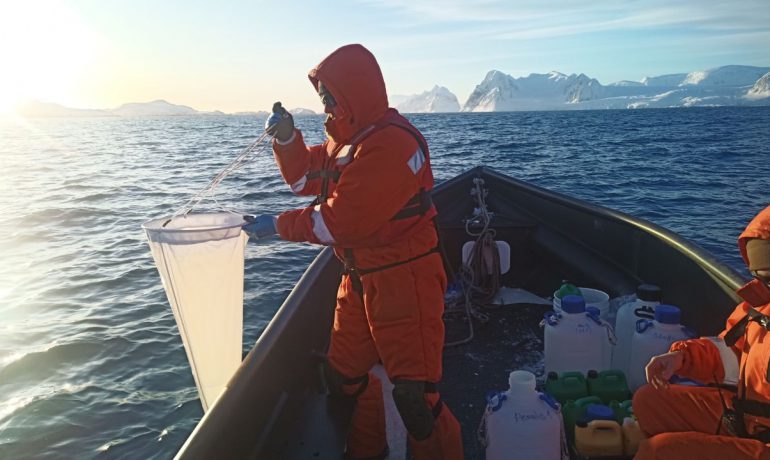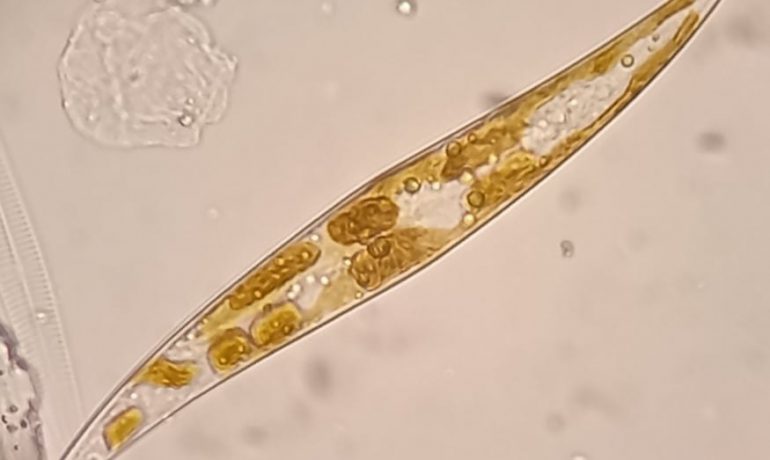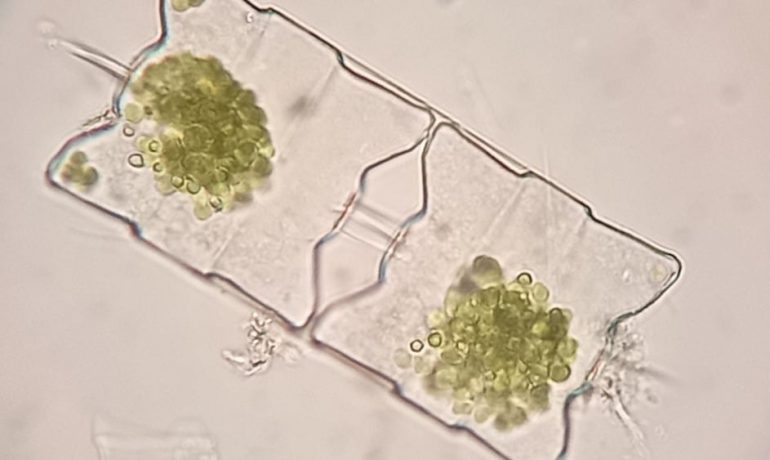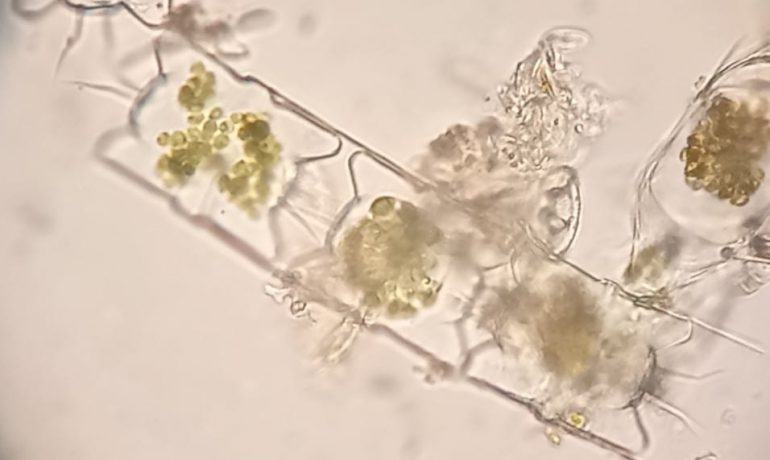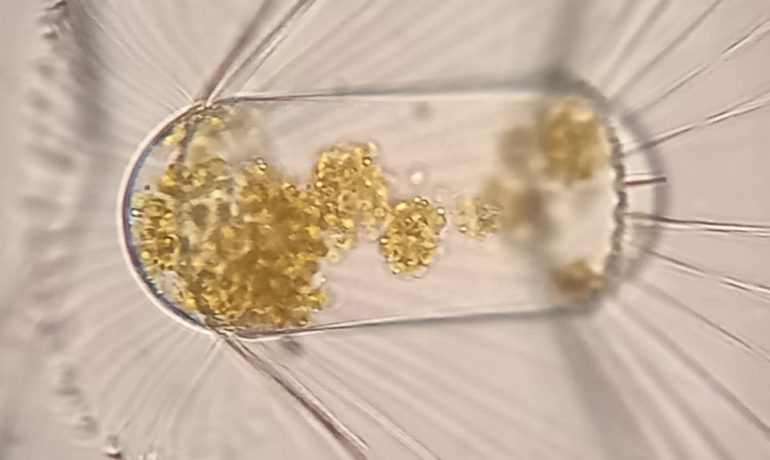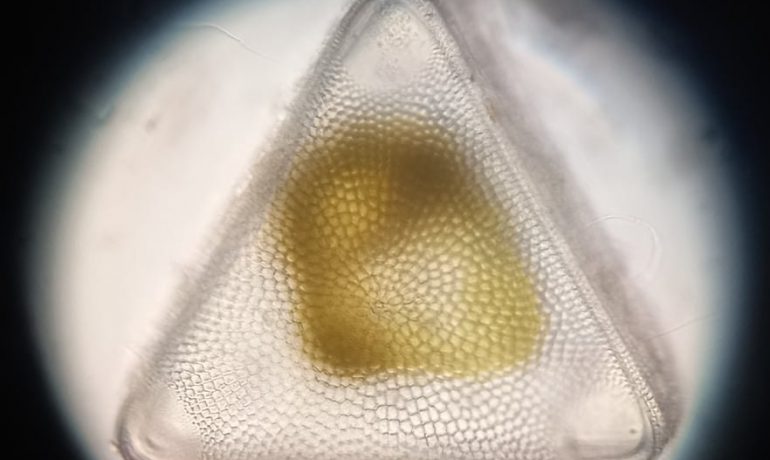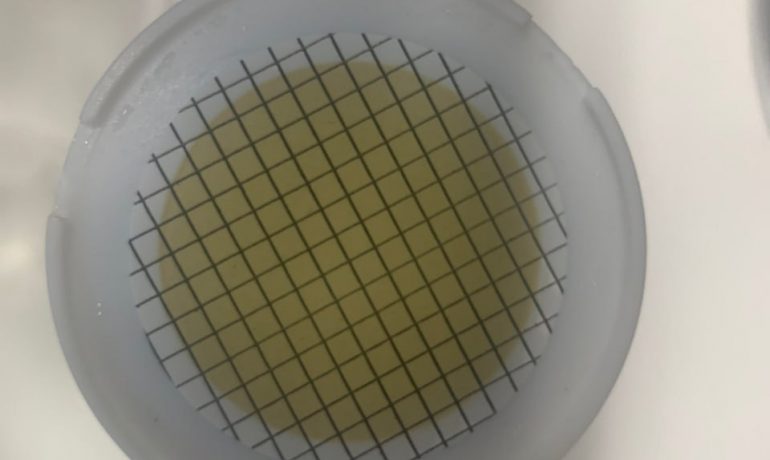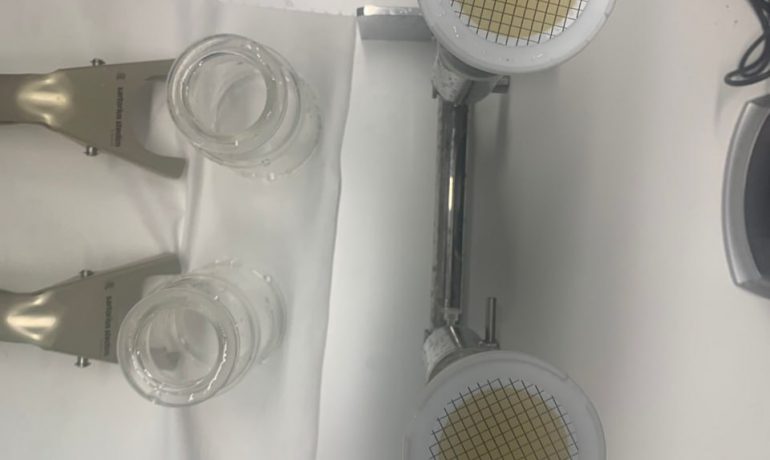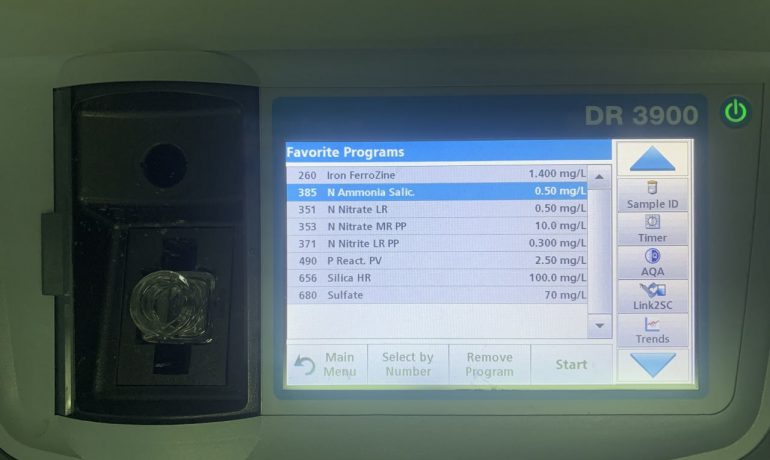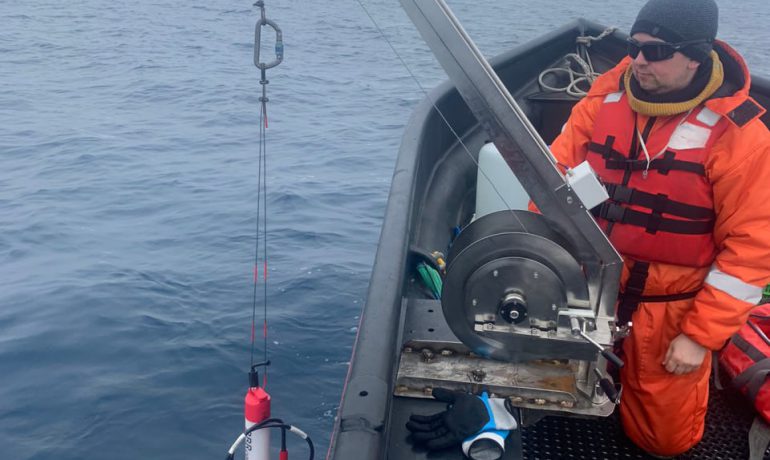Ukrainian scientists at Vernadsky station discovered a sudden increase in chlorophyll content in the ocean in Galindez island area.
So, in November 2023, at all monitoring research points (i.e. where water samples are taken), this indicator was 2.5-3 times higher compared to November 2022.
Researchers suggest that this is connected with effects of global warming: Antarctica has recently observed record-low levels of sea ice areas, so the ocean receives more sunlight and heats up. In particular, in November last year, the water temperature at the monitoring points was from -1.1 to -0.7 °C, and this year – from 0.3 to 0.9 °C.
Light and increased temperature speed up the process of photosynthesis in plants, in which chlorophyll takes an active part. Therefore, the increase in the chlorophyll content in water samples indicates the active development of plant organisms (phytoplankton) in the ocean. These are mainly unicellular microscopic or even nano algae that are difficult to see with the unaided eye.
Phytoplankton is the basis of nutrition for all ocean inhabitants, so the growth of its abundance starts cascade processes and affects the life of other marine organisms – from krill to whales. More light will also cause changes in the species composition of microalgae, which means changes in their cell size and other characteristics.
According to scientists, all these processes will change the architecture of ocean food webs and will have global consequences for the flow of matter and energy in marine ecosystems.
So, knowing the response of phytoplankton to climate change (and it is very sensitive to changes in environmental conditions), it is possible to predict its impact on other organisms – krill, fish, whales and seals.
That is why Ukrainian scientists conduct continuous research of phytoplankton. Biologists at Vernadsky regularly take water samples at certain points around Galindez island. In the laboratory, this water is filtered and samples of phytoplankton and bacterioplankton are isolated, as well as the chlorophyll content and hydrochemical indicators (concentrations of oxygen, iron, nitrate, nitrite, sulfate, etc.) are determined.
Samples of bacterial and phytoplankton are fixed, stored under special conditions and then transported to Ukraine for further study.
Previous research of our scientists indicates that the process of active development of phytoplankton in the spring-summer period takes place annually, but different groups of organisms may be behind it. Studying exactly this difference allows us to monitor the impact of climate change on the marine environment. Therefore, the current samples that gave such an increase in chlorophyll in the ocean will be carefully studied for the composition of groups of bacteria and phytoplankton and the interaction between them.
We remind you that yesterday, during COP28, Ukrainian Antarctic researchers spoke about climate anomalies recorded at Akademik Vernadsky station, including temperature, ice and snow records.
We thank biologists Taras Peretiatko and Mariia Pavlovska for their help in preparing information and photos.


